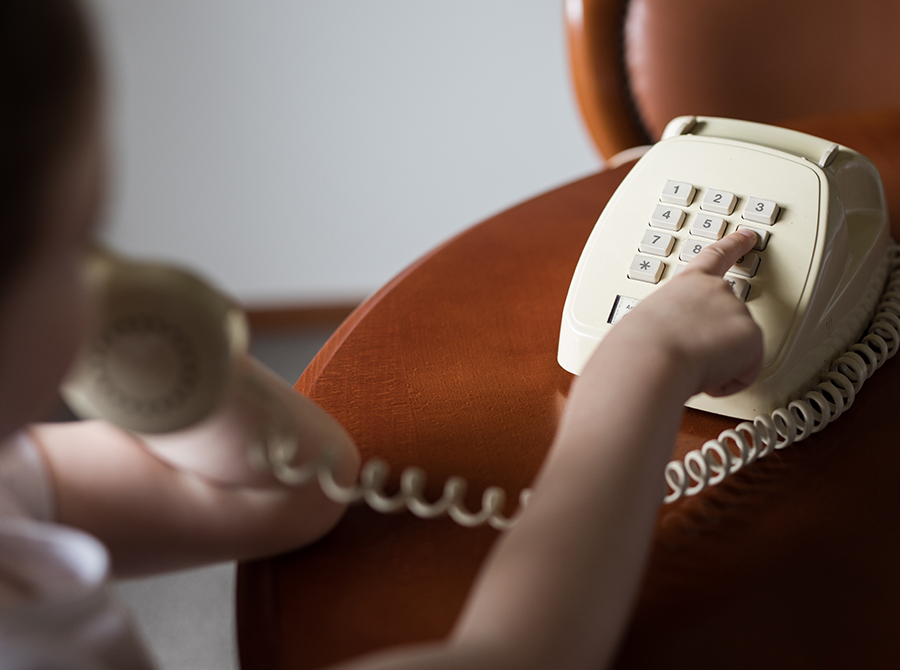When it comes to talking to child callers, their ability to provide critical information depends largely on their age, developmental stage, and communication skills. Dispatchers play a crucial role in tailoring their approach to ensure they can gather the necessary information to facilitate an effective emergency response. Understanding the nuances of each age group and using age-appropriate techniques can help dispatchers navigate these calls with confidence and compassion.
Toddlers (Ages 2-3)
Children in this age group have limited verbal skills and may only be able to provide basic information or respond to simple questions. Their vocabulary is often restricted to familiar names, objects, and short phrases.
Challenges:
- Limited understanding of the situation or the concept of emergencies when talking to child callers.
- Difficulty articulating clear and complete answers.
Techniques for Dispatchers:
- Use simple, direct language: “Where are you?” or “Who is with you?”
- Ask yes-or-no questions: “Is mommy or daddy there?”
- Listen carefully for background noises or verbal cues that might provide additional context.
Preschoolers and Early Elementary (Ages 4-7)
Children in this age range have a greater vocabulary and are better able to follow instructions. They may understand the basics of emergencies but still struggle with complex or abstract concepts.
Challenges:
- Limited ability to describe locations or events in detail when talking to child callers.
- Potential confusion or fear that may make them hesitant to speak.
Techniques for Dispatchers:
- Reassure the child to help them feel safe: “You’re doing great. I’m here to help you.”
- Ask for specific, concrete details: “What do you see around you?” or “What’s your address?”
- Provide step-by-step instructions, such as how to unlock a door or stay on the line until help arrives.
Older Children (Ages 8-12)
Children in this group are typically more articulate and capable of providing detailed information about the situation and their surroundings. They may also have a better understanding of their address and other key details, making talking to child callers more effective.
Challenges:
- Emotional distress that may impede communication.
- Possible misconceptions about what information is important to share.
Techniques for Dispatchers:
- Maintain a calm, steady tone to help the child stay focused.
- Use open-ended questions: “Can you tell me what happened?”
- Clarify details as needed: “When you say ‘outside,’ do you mean the backyard or the front of the house?”
Teenagers (Ages 13-17)
Teenagers are generally capable of communicating effectively with dispatchers and can often provide comprehensive details about the situation. However, their emotional state and maturity level can vary widely.
Challenges:
- High stress or panic may cause them to struggle with communication.
- Hesitation to disclose details due to fear of judgment or getting someone in trouble.
Techniques for Dispatchers:
- Acknowledge their emotions: “I understand this is scary, but you’re doing the right thing by calling.”
- Ask precise questions: “Can you describe what’s happening right now?” or “Who else is there with you?”
- Encourage them to stay calm and focused: “Take a deep breath and tell me what’s going on.”
General Tips for All Age Groups
- Build rapport quickly: Use a reassuring and supportive tone to help the child feel at ease.
- Avoid leading questions: Let the child provide answers in their own words to ensure accuracy.
- Adapt your language: Use age-appropriate terms and avoid jargon or complex phrases.
- Leverage background sounds: Pay attention to ambient noise for clues about the child’s location or situation.
- Stay patient: Children may take longer to respond or need questions repeated in different ways.
By understanding how children’s ages impact their ability to answer questions and employing tailored techniques, 9-1-1 dispatchers can effectively manage these calls and ensure the best possible outcomes for young callers in distress. PLS provides monthly online training that helps dispatchers develop skills—like the ability to effectively talk to children—by listening to the successes and failures of real dispatchers taking real 9-1-1 calls.
To request a demo, please use the “Contact Us” link.


